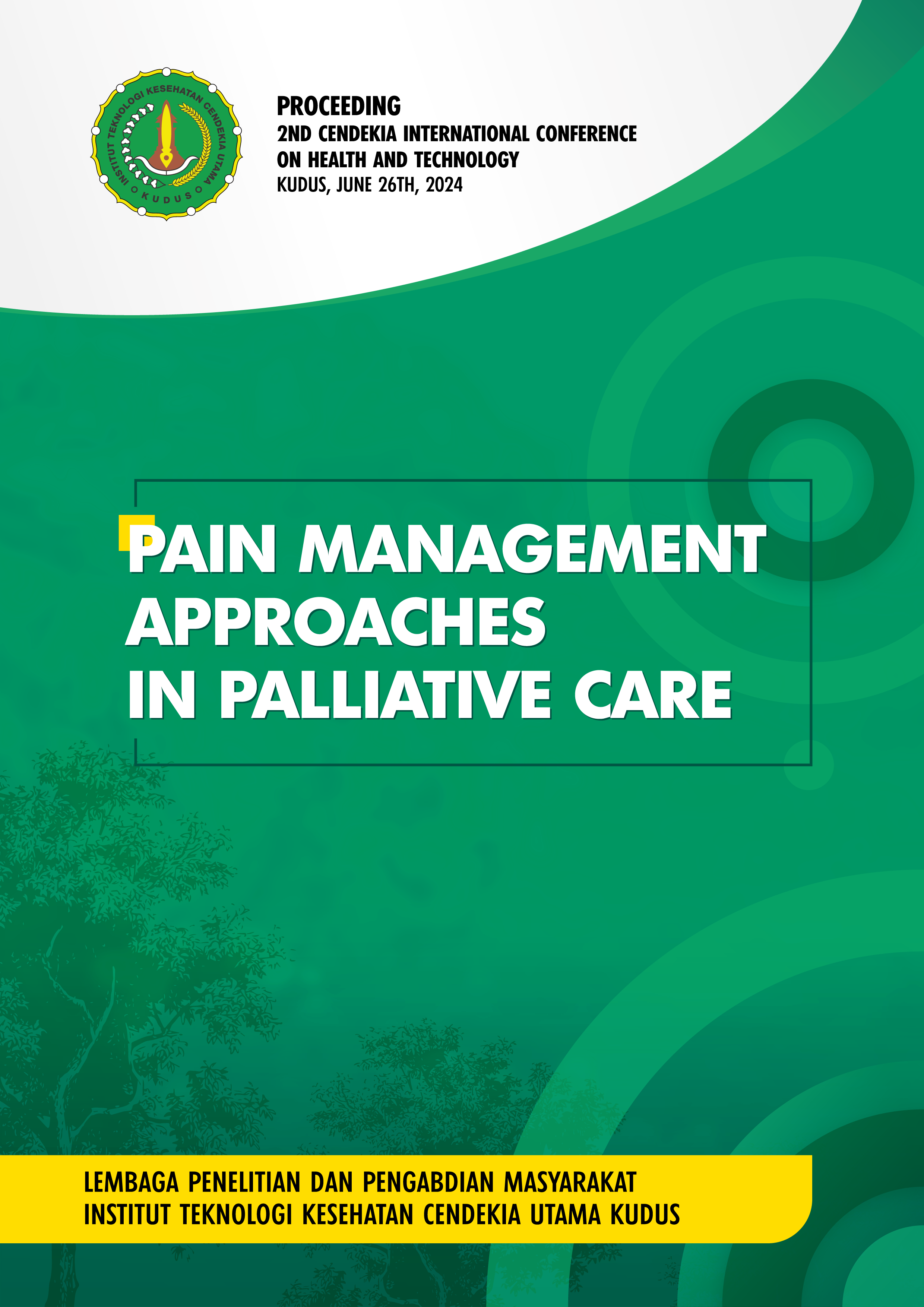Analgesic Effectiveness Of Noni Leaf Infusion (Morinda citrifolia L.) In Mice By Writhing Method
Main Article Content
Abstract
Pain is a sensory and emotional experience that occurs due to tissue damage. Pain can be eliminated by analgesics, which are drugs or medicinal materials used to reduce or suppress pain without removing awareness and working as general anesthesia. Noni leaf (Morinda citrifolia L.) can be used as an analgesic because it has flavonoid compounds, tannins, saponins, and alkaloids. This research is an experimental study with a Post-test-only Control Group Design. The test subjects used white male mice (Mus musculus) which amounted to 25 mice and were divided into 5 treatment groups namely negative control, positive control, and noni infusion with concentrations of 10%, 20%, and 30%. Before treatment, the mice were fasted and induced with 1% acetic acid. Observations were made by observing the effectiveness of analgesics ie the amount of writhing of mice at intervals of 5 minutes for 1 hour. The numerical data were then processed using SPSS with the One way ANOVA test. The results showed that the administration of noni leaf infusion concentrations of 10%, 20%, and 30% had an analgesic effect on mice with an effective concentration of 30%.
Downloads
Article Details
References
Amalia F A, Runtuwene T., Kembuan. M. A. H. N. (2016). Profil nyeri di poliklinik saraf RSUP Prof .dr. r. d. Kandou Manado periode 1 Januari 2014 – 31 Desember 2014. Jurnal E-Clinic, 4(2), 1–7.
Departemen Kesehatan Republik Indonesia. (1979). Farmakope Indonesia Edisi III. Jakarta. 12.
Fridiana, D. (2012). Uji antiinflamasi ekstrak umbi rumput teki (Cyperus rotundus L) pada kaki tikus wistar jantan yang diinduksi karagen. Fakultas Kedokteran Gigi Universitas Jember.
Goenarwo, E., Chodidjah., Susanto, H. (2011). Uji efektivitas analgesik madu pada tikus dengan metoda geliat asetat. Journal Of Medicine and Health. 3(1). 48-53.
Muhammad N., Saeed, M., Khan, H. (2012). Antipyretic, analgesic, and anti-inflammatory activity of viola betonicifolia whole plant. Bio Med Central. 1- 8.
Na’imah, M. (2017). Efek analgesik infusa daun afrika (Vernonia amygdalina L.) pada mencit yang diinduksi asam aseta. Surakarta: Universitas Muhammadiyah Surakarta.
Pandey, P. V., Bodhi, W., Yudistira, A. (2013). Uji efek analgetik ekstrak rumput teki (Cyperus rotundus l.) pada tikus putih jantan galur wistar (rattus novergicus).PHARMACON Jurnal Ilmiah Farmasi – UNSRAT, 2(02), 44–49.
Safitri, A. R. (2013). Uji efek analgetik infusa daun cocor bebek (Kalanchoe pinnata (Lam.) pers.) terhadap mencit jantan galur swiss yang Diinduksi dengan Asam Asetat. Jurnal Mahasiswa PSPD FK Universitas Tanjungpura, 3(1).
Septiadi, T., Pringgenies, D., & Radjasa, O. K. (2013). Uji fitokimia dan efektivitas antijamur ekstrak teripang keling (Holoturia atra) dari pantai bandengan jepara terhadap jamur Candida albicans. Journal of Marine Research, 2(2), 76–84.
Simaremare, S, E. (2014). Skrining fitokimia ekstrak etanol daun gatal (Laportea decumana (Roxb.) Wedd). Pharmacy, 11(1). 98-107.
Sinda, T. I., Kati, R. K., Pangemanan, D. M., Sekeon, S. A. S. (2018). Mixed pain.
Bagian Neurologi Fakultas Kedokteran Universitas Sam Ratulangi.
Manado.1(3), 59–69.
Sugiarti, L., & Fitrianingsih, S. (2018). Aktivitas antibakteri ekstrak etanol daun parijoto (Medinilla speciosa Blume) terhadap pertumbuhan bakteri Propionibacterium acnes dan Staphylococcus aureus. Cendekia Journal of Pharmacy, 2(1), 60–67.
Suwarni, E., Chayaningsih, E., & Yuda, P. E. S. K. (2016). Uji efek analgesi infusa daun mengkudu (Morinda citrifolia L.) pada mencit jantan (Mus musculus). Medicamento, 2(1), 6–11.
Wemay, M.A., Fatimawali., Wehantouw, F. (2013). Uji fitokimia dan aktivitas analgesik ekstrak etanol tanaman kucing-kucingan (Acalypa indica L.) pada tikus putih betina galur wistar. PHARMACON. 2(3).
Zulfiker, AHM., Rahman, M,M., Hossain, K., Mazumder, MEH., Rana, S, M. (2010). In vivo analgesic activity of ethanolic extracts of two medicinal plants - Scoparia dulcis L. and Ficus racemosa Linn.Biology and Medicine, 2(2). 42-48.

